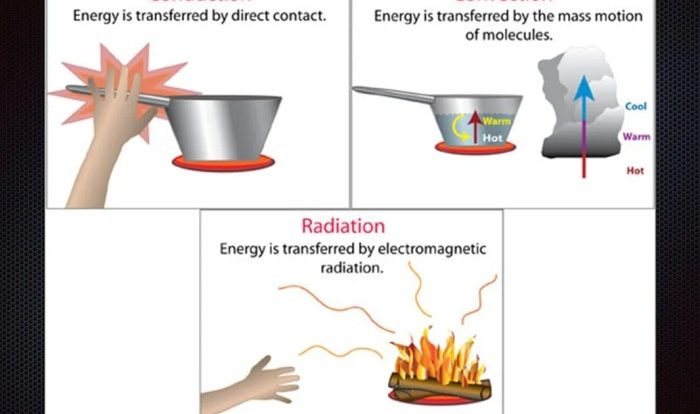Unraveling the mysteries of the unit of force crossword clue, this exploration delves into the fascinating world of force, its measurement, and its profound implications across various disciplines.
From the fundamental concept of force to the intricacies of the newton and other units, this comprehensive guide unveils the secrets behind the crossword puzzle’s enigmatic clue.
Unit of Force Overview
Force is a physical quantity that describes an interaction that can change the motion of an object. It is a vector quantity, which means it has both magnitude and direction.
The SI unit of force is the newton (N). One newton is the force required to accelerate a mass of one kilogram by one meter per second squared.
Other units of force include the dyne, the pound-force, and the kilogram-force.
Relationship between Force, Mass, and Acceleration
The relationship between force, mass, and acceleration is described by Newton’s second law of motion.
F = ma
where:
- F is the force in newtons
- m is the mass in kilograms
- a is the acceleration in meters per second squared
This equation shows that the force required to accelerate an object is directly proportional to the mass of the object and the acceleration desired.
Newton as the SI Unit of Force: Unit Of Force Crossword Clue
The newton (N) is the SI unit of force. It is named after Sir Isaac Newton, who made significant contributions to the field of physics, including the development of the laws of motion.
The SI system, or International System of Units, is a modern form of the metric system and is the most widely used system of measurement in the world. It is based on seven base units, including the newton for force.
Definition of the Newton (N)
The newton is defined as the force required to accelerate a mass of one kilogram at a rate of one meter per second squared.
1 newton = 1 kg- 1 m/s 2
This means that if you apply a force of one newton to an object with a mass of one kilogram, the object will accelerate at a rate of one meter per second squared.
Other Units of Force
Besides newtons, there are several other units of force commonly used in different fields and applications.
These units include:
- Pound-force (lbf)
- Kilogram-force (kgf)
- Dyne
Each of these units has its own advantages and disadvantages, depending on the specific context and application.
Pound-force (lbf)
The pound-force (lbf) is a unit of force commonly used in the imperial system of units, particularly in English-speaking countries.
It is defined as the force exerted by a mass of one pound (lb) under the standard acceleration due to gravity (g = 32.174 ft/s²).
lbf = 1 lb × g = 32.174 lb·ft/s²
If you’re puzzling over a crossword clue asking for a unit of force, you might want to check out unit 7 lesson 2 joshua’s law . This lesson covers the concept of force and its measurement, which could provide valuable insights for solving the crossword puzzle.
Once you’ve brushed up on your force knowledge, you can return to the crossword clue and hopefully fill in the blank with confidence.
The pound-force is a convenient unit for measuring forces in everyday applications, such as measuring the weight of objects or the force applied to a tool.
Kilogram-force (kgf)
The kilogram-force (kgf) is a unit of force commonly used in the metric system of units, particularly in some European countries and in engineering applications.
It is defined as the force exerted by a mass of one kilogram (kg) under the standard acceleration due to gravity (g = 9.80665 m/s²).
kgf = 1 kg × g = 9.80665 kg·m/s²
The kilogram-force is often used in engineering applications, such as measuring the force exerted by a machine or the force required to lift an object.
Dyne
The dyne is a unit of force in the centimeter-gram-second (CGS) system of units.
It is defined as the force required to accelerate a mass of one gram (g) at a rate of one centimeter per second squared (cm/s²).
dyne = 1 g·cm/s²
The dyne is a relatively small unit of force, and it is often used in scientific applications, such as measuring the force exerted by a magnetic field or the force of friction.
Applications of Force Units
Units of force play a crucial role in various fields, providing a common language for quantifying and understanding forces.
In physics, force units are essential for describing and analyzing physical phenomena. They allow scientists to measure and compare forces acting on objects, such as gravitational force, friction, and tension. Accurate force measurements are vital for understanding the laws of motion and predicting the behavior of physical systems.
Engineering, Unit of force crossword clue
In engineering, force units are indispensable for designing and constructing structures, machines, and systems. Engineers use force units to calculate stresses and strains, ensuring the safety and integrity of buildings, bridges, vehicles, and other structures. Precise force measurements are critical for optimizing performance, preventing failures, and ensuring public safety.
Everyday Life
Even in everyday life, force units have practical applications. For instance, we use units of force to measure the force applied when tightening a screw or pushing a door. Accurate force measurements are essential in various household tasks, such as adjusting the pressure of a water hose or calibrating a measuring scale.
Answers to Common Questions
What is the SI unit of force?
Newton (N)
What is the relationship between force, mass, and acceleration?
F = ma (force equals mass times acceleration)
Name three other commonly used units of force.
Pound-force (lbf), kilogram-force (kgf), and dyne

